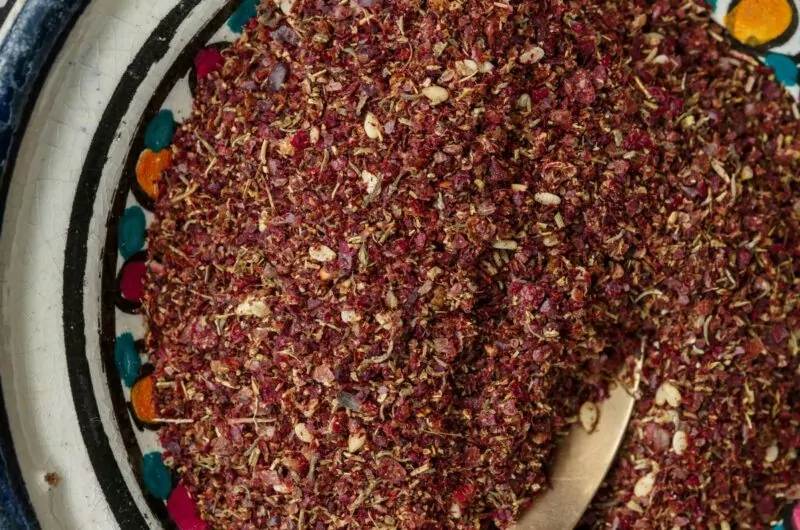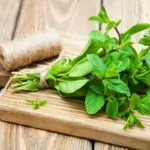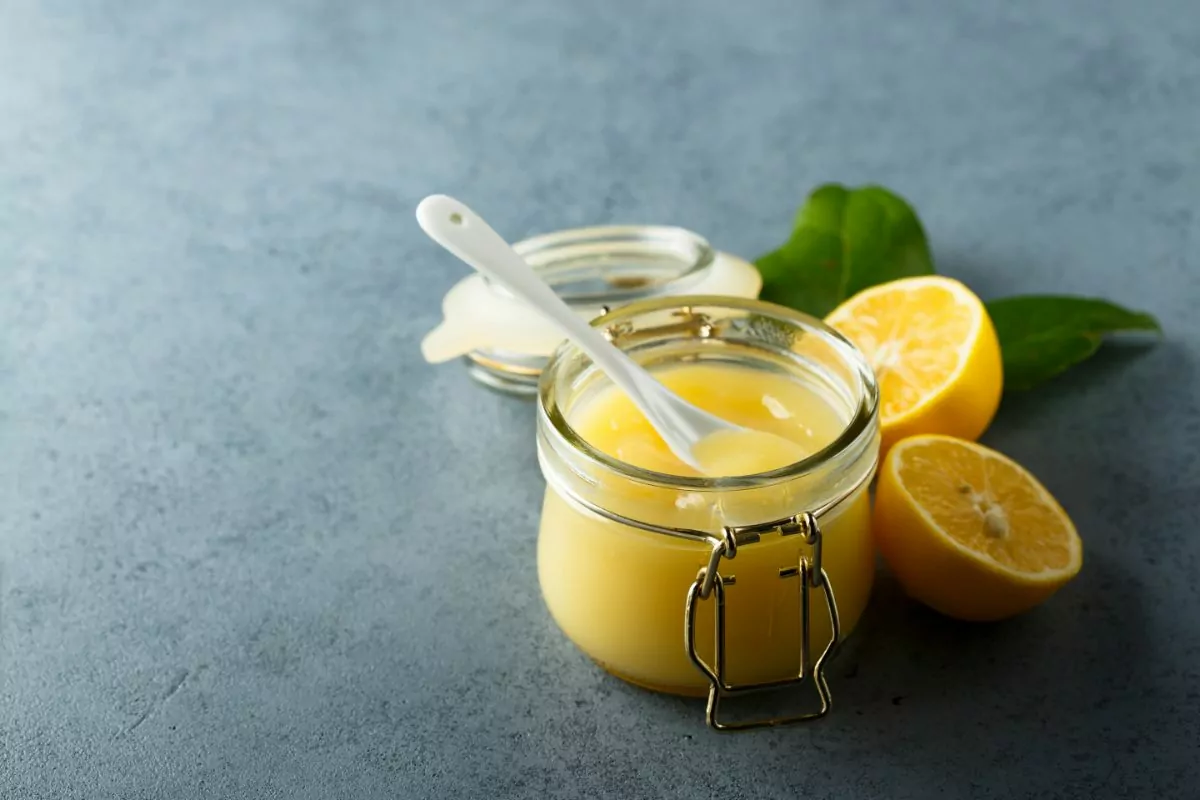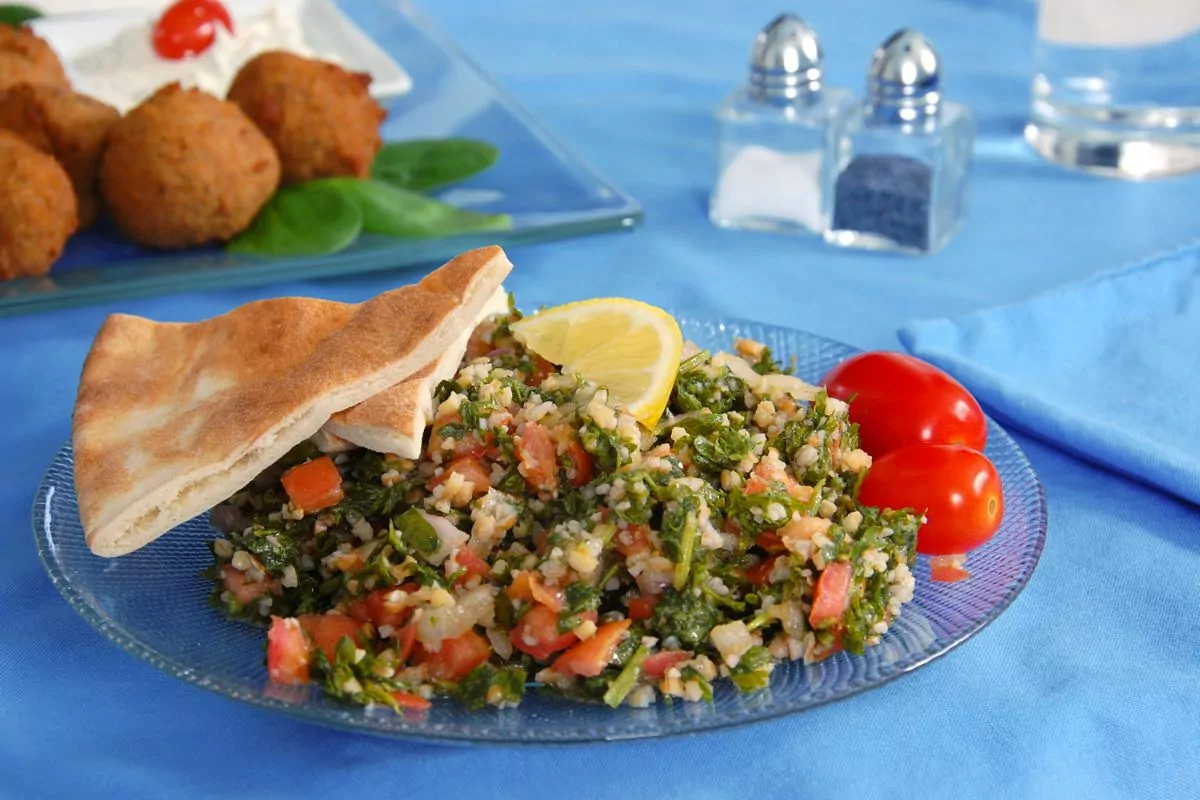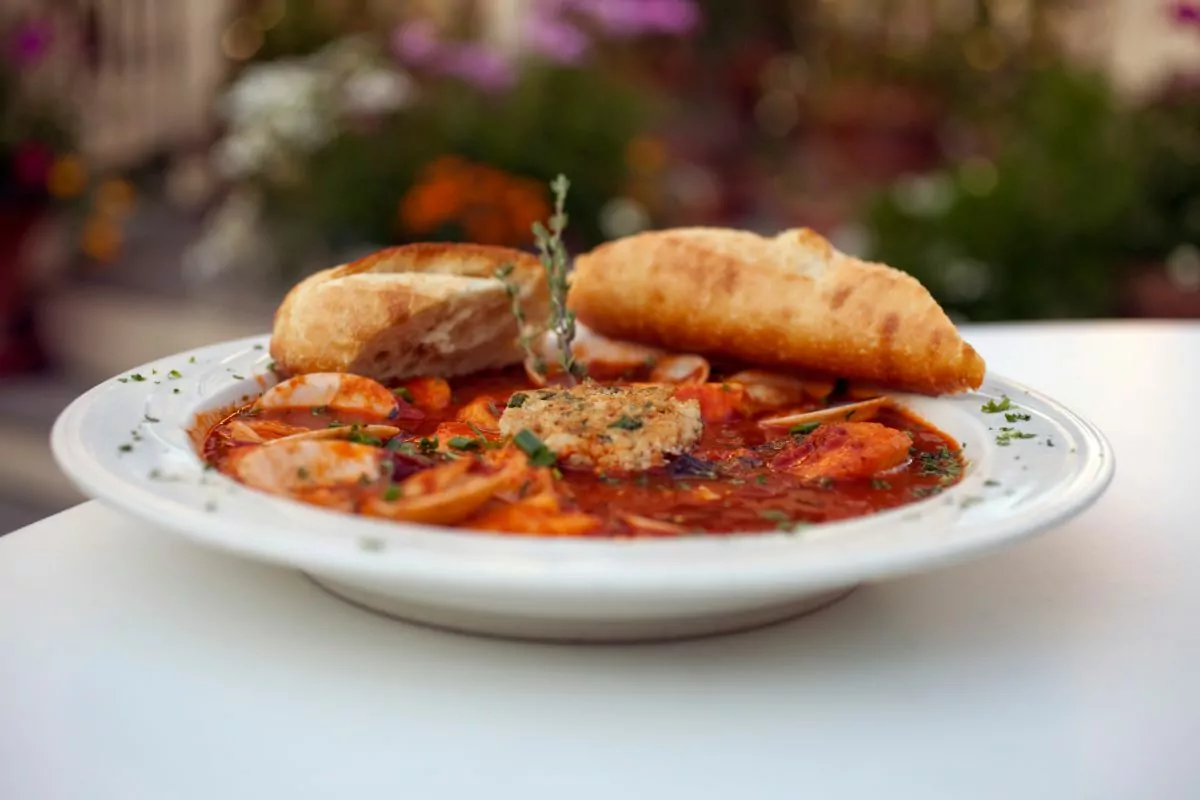It’s no secret that the difference between bland and boring food and super scrumptious creations is the seasoning that goes into the dish.
A sprinkle of this, and a teaspoon of that, can go a really long way and totally transform a dish into something new.
For those that may not have heard of it before, Za’atar is a very unique kind of spice primarily used in Middle Eastern cuisine. It has a pretty complex flavor to it that’s pretty hard to describe.
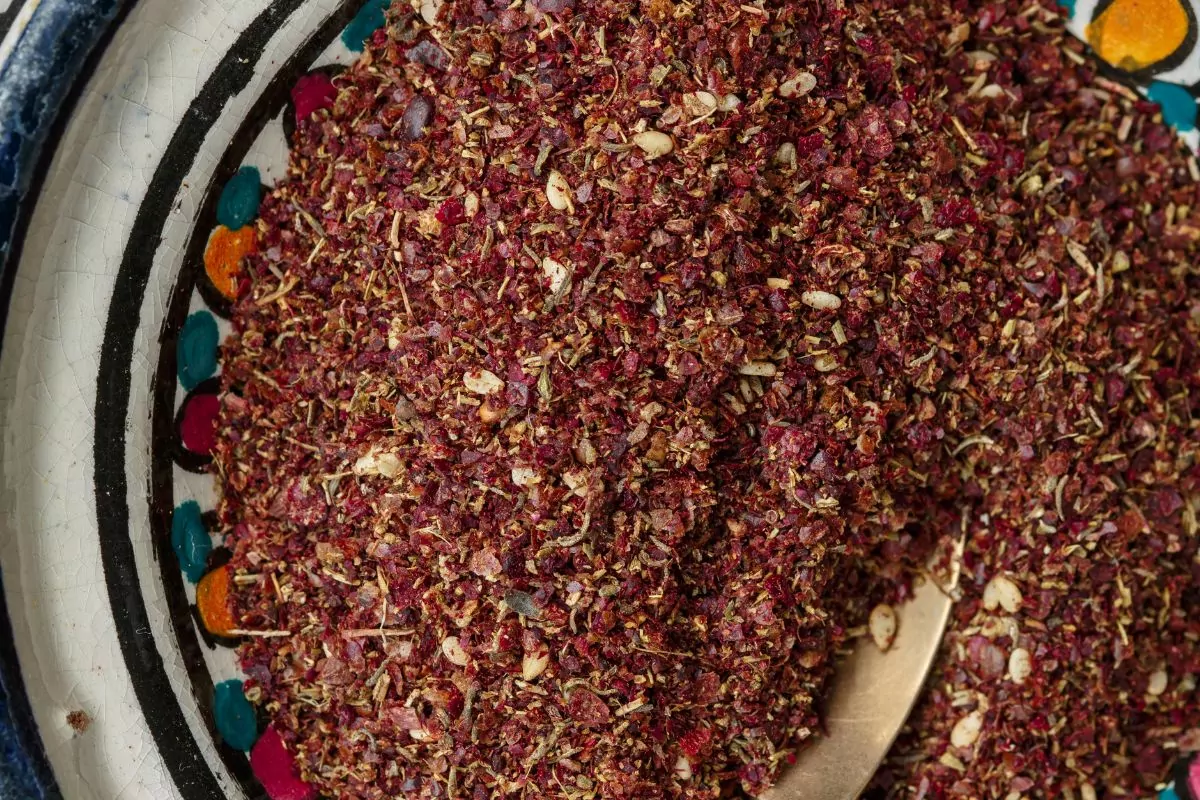
But imagine an earthy taste with a hint of citrusy lemon along with an aftertaste of mint, and you’ve got Za’atar.
And since this is such a distinct flavor and we also know how much seasoning can impact the overall flavor and outcome of the dish, it’s easy to panic when you realize you haven’t got any to hand if the recipe calls for it.
After all, it could completely change the meal.
Well, luckily, there are plenty of herbs and spices out there and a select few make the perfect substitution for Za’atar when it’s not available.
So, in this article, we’ll go over the next port of call for when you don’t have access to this distinctively delicious Middle Eastern seasoning.
What Is Za’atar?
There are some herbs and spices that almost everybody recognizes; salt, pepper, garlic, etc, but some are a little more unheard of. And Za’atar definitely falls into the latter category, at least typically anyway.
So, let’s take a minute to actually look a little closer at this complex spice.
Za’atar is, as mentioned before, a Middle Eastern spice. It is actually a blend of several different herbs or spices such as thyme, sumac, and sesame seeds.
Its main purpose is usually to season meat or vegetables, though it is also a key ingredient in Za’atar bread.
It’s a delicious option that I encourage all to try, however, the only issue is that you won’t tend to find it at your local grocery store.
You’ll need to find a specialist Middle Eastern grocery store or follow a recipe and make it yourself at home.
Or alternatively, of course, you could use any of the substitutions mentioned below.
Harissa Spice Powder
This North African spice is made up of chili pepper paste so it definitely has a bit of heat to it. But not only does it contain chili peppers, it also includes cumin caraway, olive oil, and garlic. So safe to say that it is bursting with flavor.
It is often used as a condiment, but the paste is also often used to add an extra punch to many different dishes including grilled meats, stews, and couscous. It also makes the perfect flavorful rub for roasted chicken or lamb.
The powder is a fair bit hotter than the actual paste so you’ll want to keep this in mind if you use it as an alternative to Za’atar.
I would recommend starting off small and adding more where required otherwise there’s a good chance you’ll set your mouth ablaze.
Italian Seasoning
As you can probably deduce from the name, this seasoning is a blend of herbs that are most commonly used in Italian dishes.
More often than not, Italian seasoning will be a combination of rosemary, thyme, basil, and oregano, but considering there’s no specific recipe for the blend it can differ slightly from brand to brand.
But Italian seasoning doesn’t just work in pasta dishes and the like, it also works amazingly well when added to soups, sauces, and salads to give them a little extra flavor as well as being used as a rub for a variety of different meats and vegetables.
Overall, this spice is very versatile and will improve whatever it is added too, so you can’t go wrong with opting for Italian seasoning when you can’t get your hands on Za’atar.
Shichimi Togarashi
This is probably another lesser known herb and spice blend, and it definitely deserves more noritory than it currently receives. This delicious concoction is generally used in Japanese cuisine.
It includes ingredients such as orange peel, seaweed, sesame seeds, and chili peppers.
However, unlike Za’atar, it’s much easier to find this blend in most supermarkets. Usually, it works well if you’re trying to simultaneously add a little extra flavor and heat to your recipe.
You should definitely keep in mind, though, that this is a powerful blend that can completely overwhelm all other flavors in large quantities. Therefore you’re much better adding small amounts and adding more to taste as required.
Again, it’s super versatile. It can be used to season meat and vegetables, as well as adding complexity to blander dishes such as rice, noodles, and some soups.
If you are looking for a unique spice blend to try you can never go wrong with shichimi togarashi.
Ground Coriander
This spice is made up of seeds from the coriander plant, it has a very distinctive nutty and earthy flavor which features most predominantly in Indian and Thai recipes.
It makes a great addition to any curry as well as a variety of soups and salads. It can also be added as a rub to bring more flavor to meat and can even be used in baked goods too.
Like many of the spices mentioned above, you’ll want to add this spice with caution to ensure that you don’t lose the flavors of all the other ingredients. You can always add more, taking spice out of a meal is much more problematic.
This is the spice to grab if you are hoping to add extra depth and dimension to your recipe.
Herbes De Provence
Typically found in traditional Provencal cooking, this blend of dried herbs is sure to upgrade any meal. It actually shares quite a few of the herbs found in Italian seasoning.
You can usually expect to find thyme, basil, oregano, rosemary, and sage in this unique and interesting blend.
Its main use is usually to act as a rub for meats, though it can be used for many other purposes too. One of the tastiest options is to create a herb-infused oil for bread or roasted potatoes.
If you are all out of luck when it comes to Za’atar, then herbes de provence is a great way to ensure you get that extra burst of flavor in your meal.
Final Thoughts
Za’atar is a super delicious spice blend that can improve many different dishes.
And if you have a local Middle Eastern grocery store in your local vicinity, I really recommend you make your way there and purchase this delicious spice as soon as possible.
However, for those of us who aren’t quite as lucky to have one of these specialist stores nearby, getting your hands on the stuff can be quite the issue.
Thankfully, as this article proves, there are tons of other delicious spice blends that you can try instead that will add a real burst of flavor to whatever you are cooking.
Now, these substitutes may not help you achieve the exact same flavor profile that you would get with Za’atar but each one will bring its own unique and distinctive taste to your food – and it’s sure to be delicious.
So, get your hands on any of these substitutes and start experimenting and see which you prefer.
Frequently Asked Questions
What Is Za’atar Made Of?
Is Za’atar Healthy?
In fact, swapping out your regular seasoning of salt for Za’atar can be a really healthy way to also reduce your sodium intake while still getting all the delicious flavor that you crave.
What Does Za’atar Smell Like?
Does Za’atar Make You Gassy?
Scrumptious Za’atar Seasoning Substitutes
Course: Substitutes4
servings30
minutes40
minutes300
kcalIngredients
Harissa Spice Powder
Italian Seasoning
Shichimi Togarashi
Ground Coriander
Herbes De Provence
Directions
- Decide on what substitute you need
- Pick a substitute from the list above
- Read what you need to substitute with
- Create the recipe and enjoy
Recipe Video
- What Exactly Do Chickpeas Taste Like? Is There A Distinct Flavor? - September 30, 2023
- Top 11 Low Carb Options at Sonic Drive-In for Keto Diet - September 30, 2023
- What Should You Serve Alongside Potato Salad? 8 Incredible Side Dishes - September 30, 2023

